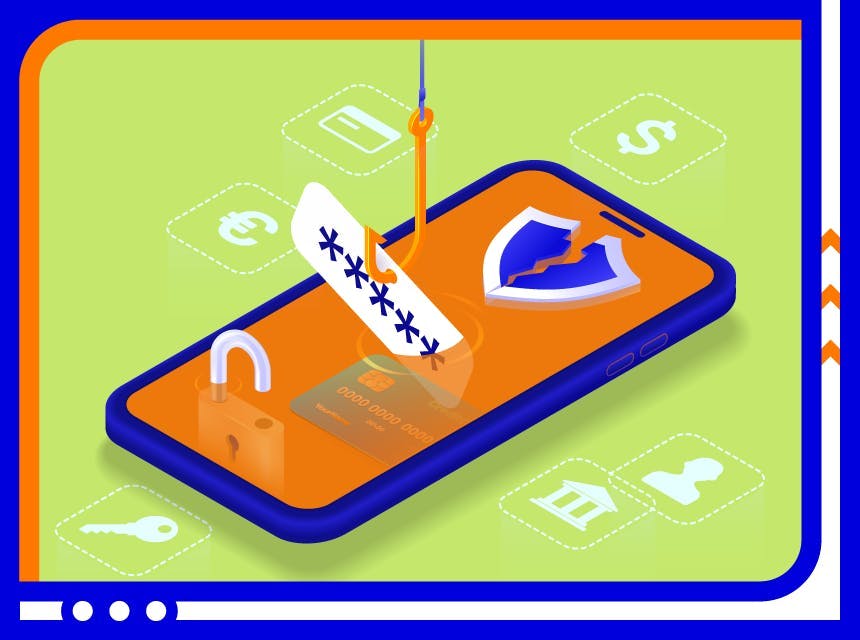Before we step up to the friendly fraud core, let’s see what a chargeback is. It’s when a shopper contacts their bank to request their money back. Customers file chargebacks for different reasons. The most common one is an unauthorised transaction. When a credit card has been compromised, buyers have no other choice but to initiate the chargeback process. Another reason to demand money back is merchant negligence or a simple error. For example, a seller can mistakenly send a wrong item, or the product can be damaged.
As you see, a chargeback is an unfortunate thing that may rain on a merchant’s parade. But it usually takes place due to some valid reasons and can be prevented by a reliable payment provider and a clear-cut return policy. But the real trouble for merchants is a chargeback fraud, also known as friendly fraud. It’s when customers ask for transactional reversals for no valid reason.
Sneaky buyers who want to make money out of merchants claim a legitimate charge to be an unauthorised transaction. They can also say that they’ve sent the product back and wait for reimbursement when nothing was sent.
Unfortunately, banks often take cardholders at their word, meaning that they refund them without proper investigation. That usually happens when a merchant has no documentation to prove the customer wrong. When tracking and shipping mechanisms don’t work adequately, a seller can’t fight for their rights.
Issuer banks don’t bear much responsibility when something goes OOPS. They notify a merchant that the money should be returned, and that’s it. A seller can pay those funds back or dispute the chargeback. But again they have to provide evidence to convince both acquiring and issuing banks that the friendly fraud is happening.
So the point here is as clear as that: friendly fraud will take place no matter what, and if you want to keep your money on the safe side and avoid devastating consequences for your business, take certain measures to prevent it. More about it – later on.




 Most Popular Payment Methods in the World: Analysis by Markets
Most Popular Payment Methods in the World: Analysis by Markets How to Increase Conversions in an Online Store with a Checkout Page
How to Increase Conversions in an Online Store with a Checkout Page How Tranzzo Simplified the Payment Process for Tickets.ua
How Tranzzo Simplified the Payment Process for Tickets.ua Integrating Multiple Payment Methods: Challenges and Solutions
Integrating Multiple Payment Methods: Challenges and Solutions Abandoned Shopping Carts: Why Businesses Lose Revenue and How to Increase the Number of Successful Payments
Abandoned Shopping Carts: Why Businesses Lose Revenue and How to Increase the Number of Successful Payments

